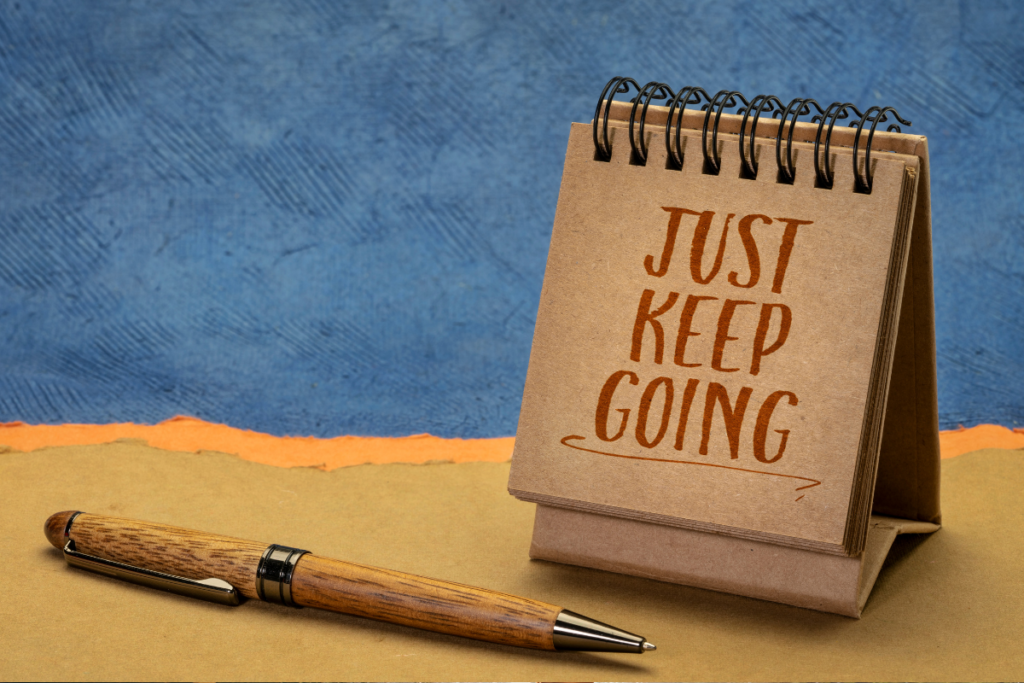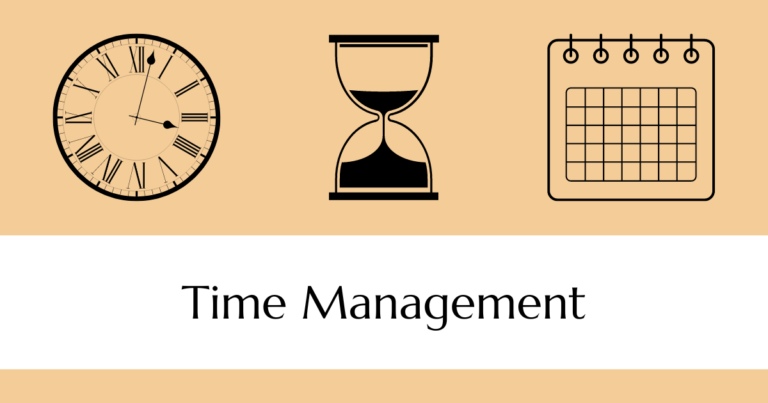How to Create Habits That Stick Forever: Elastic Habits
Let’s be real: most of us fail miserably at building lasting habits. We set ambitious goals, get all fired up for a few weeks, and then… poof! Life happens, our motivation fades, and our carefully crafted routines crumble like a stale cookie.
Why? Because we often approach habit-building with a rigid, all-or-nothing mindset. We think we need to hit the gym five times a week, read 25 pages every night, or practice the piano for an hour daily. These goals are admirable, but they lack flexibility and leave little room for life’s inevitable bumps.
Enter the concept of Elastic Habits. Imagine a rubber band—it can stretch and contract, adapting to different situations. Elastic habits work the same way. They offer you a spectrum of options to fit your unique circumstances, ensuring you always make progress, even on your busiest or most challenging days.
Table of Contents
Why People Fail to Build Habits

Every year, John made New Year’s resolutions with excitement. He decided to hit the gym for an hour each day, cook healthy meals every night, and write in his journal before bed. At first, everything went well. He felt motivated and followed his schedule, feeling proud of his progress.
However, after two months, his plans fell apart. Life got in the way. John came home tired from work, and cooking a healthy meal seemed too hard. Some nights, he barely had the energy to microwave leftovers. Working out for an hour after a long day felt exhausting, and writing in his journal became a forgotten task. Even on good days, John struggled to keep up with his routines.
He might manage to write a few lines in his journal, but even that felt like a burden on busy days. The excitement that fueled his efforts started to fade, replaced by frustration and guilt. John felt like he was failing because he couldn’t keep up with his ambitious goals.

John was trapped in all-or-nothing thinking. He believed that if he couldn’t follow his schedule perfectly, he should give up entirely. This mindset stopped him from making progress. Instead of being flexible and valuing small efforts, he saw anything less than perfection as failure. So, he gave up, only to repeat the same cycle every year.
If John had been more flexible, his resolutions might have worked better. Shorter walks, simpler healthy meals, or writing just a few sentences in his journal could have helped him keep his habits without feeling overwhelmed. By recognizing the value of small, consistent efforts, he might have avoided the all-or-nothing thinking and achieved lasting success.
Making Elastic Habits

Next year, John decided to try something new. He started using elastic habits—flexible routines that let him make progress even on tough days.
Here’s how he did it:
Diversify Your Options:
Instead of just going to the gym, John added biking and jumping rope as exercise options. This gave him more choices and made it easier to pick an activity that matched his mood and energy level each day.
Create a Three-Tiered Difficulty System:
For each exercise, Mike set up three levels of difficulty:
- Mini (Easy): Ride his bike for 3 minutes or do 10 jump rope reps.
- Plus (Medium): Ride for 15 minutes or do 100 jump rope reps.
- Elite (Hard): Ride for 30 minutes or do 500 jump rope reps.

Track Your Progress with a Visual Calendar:
John hung a big calendar in his room and used colored stickers to mark each day’s achievement. Green stickers were for Mini, blue for Plus, and red for Elite. This visual tracker helped keep him motivated and reminded him of his commitment.
The Power of “Just Starting”

With his new elastic habits, John no longer adhered to a rigid schedule. On particularly tough days, he would opt for the Mini version of his exercise routine. Just ten jump rope reps? That was easy. Even on the most challenging days, he made sure to do at least something, ensuring he kept his streak alive.
The beauty of elastic habits lies in their simplicity and flexibility. The thought of a long workout can feel daunting and discouraging, but breaking it down into smaller, manageable tasks like a 3-minute bike ride or ten jump rope reps? That’s entirely achievable.
Once you get started, momentum naturally kicks in. You’re already in motion, so transitioning to a longer or more intense workout (the Plus or Elite version) becomes much easier. This approach transforms the idea of sticking to a strict routine into a more adaptable and realistic practice.
By incorporating elastic habits, John found a sustainable way to stay committed to his fitness goals. Instead of feeling defeated by an all-or-nothing mentality, he embraced the power of small, consistent efforts. This method allowed him to maintain his exercise routine, even on his busiest and most exhausting days, without feeling overwhelmed.

Elastic habits also provided John with a sense of accomplishment. Every small effort contributed to his overall progress, and he could see his achievements visually tracked on his calendar. This constant reinforcement kept him motivated and reminded him of his commitment to his health and fitness.
Ultimately, elastic habits helped John find a balance between ambition and reality. He learned that flexibility and consistency were key to long-term success. By focusing on manageable steps and allowing room for adjustment, he was able to maintain his fitness routine and make continuous progress, no matter the challenges life threw his way.
Life Happens: Embrace the Imperfection, But Don’t Stop Progressing

We all have those days when things don’t go as planned—like when you get sick, have tight deadlines, or face unexpected problems. With strict habits, you might feel like giving up completely when you can’t stick to your usual routine.
Elastic habits are different and more helpful. They let you make some progress, even on tough days. Remember, any progress is a win.
For example, if you usually work out for an hour each day, that might seem impossible if you’re tired or busy. Instead of skipping it, you can do a Mini version, like a 3-minute walk or a few stretches. This way, you still keep your habit going.
The main idea of elastic habits is that doing something, no matter how small, is still success. It’s better to be flexible and consistent rather than perfect. This approach helps you keep your habits alive and reduces the pressure to be perfect.
Elastic habits let you adjust your goals based on how you feel each day. On good days, you can aim high, and on tough days, you can do the minimum to keep moving forward. This way, you’re always making progress and staying motivated, no matter what challenges come your way.
A Few Crucial Takeaways for Mastering Elastic Habits

- Mini goals are your key to consistency:
Mini goals help you stay consistent. They should be so easy that you can do them even when you’re having a tough day. For example, if your goal is to exercise, your Mini goal could be just one push-up or a one-minute walk. This way, no matter how tired or busy you are, you can still do it. If you find yourself skipping days, your Mini goals are too hard. Make them even easier so you can always keep up. - Be adaptable:
It’s important to adjust your goals as your life changes. Your energy and time can vary, so change your Mini, Plus, and Elite goals to match. If work is busy, lower the difficulty. If you have more free time, raise it. This keeps your goals achievable and prevents burnout. - Don’t be afraid of imperfection:
Don’t try to be perfect. Life is unpredictable, and aiming for perfect habits can lead to frustration. Accept that things won’t always go as planned. If you miss a day or don’t do your goal perfectly, that’s okay. Just get back on track the next day. Understand that imperfection is normal and part of the process. - Celebrate every victory:
Celebrate all your achievements, even the small ones. Every step forward, no matter how tiny, brings you closer to your goals. Recognize and reward yourself for your efforts, even if it’s just completing your Mini goal. This positive reinforcement keeps you motivated. It can be as simple as giving yourself a pat on the back, enjoying a small treat, or marking your progress on a calendar. Celebrating your wins reminds you that every bit of effort counts and encourages you to keep going.
Elastic habits focus on consistency over perfection, recognizing life’s unpredictable nature while still promoting progress. By valuing flexibility and adaptability, you can make adjustments based on your circumstances, ensuring you can always do something, no matter how small.
The key is to start, as this builds momentum and helps integrate habits into your daily routine. This approach turns fleeting attempts into lasting behaviors, creating habits that stick and become a natural part of your life, rather than temporary efforts. Embracing elastic habits enables you to maintain progress consistently, even on the toughest days.
Ready to take control of your habits and unlock your potential? Start embracing the power of elastic habits today!
What are elastic habits?
Elastic habits are flexible routines that can change with your life. Instead of being strict, these habits can adjust based on your schedule, making them easier to keep up with over time.
How do I start building elastic habits?
To start building elastic habits, pick a simple behavior you want to change. Break it down into small steps and slowly make it more complex as you get comfortable. Be ready to change your habits when your life changes.
Why is flexibility important in building habits?
Flexibility is important because life can be unpredictable. If your habits can adjust, you’re more likely to stick with them even when your schedule changes or when you face challenges. This helps you stay consistent.
Can I use elastic habits for different parts of my life?
Yes, you can use elastic habits in many areas, like health, work, relationships, and personal growth. The key is to make your habits fit your goals and lifestyle while keeping them flexible.
How can I measure the success of my elastic habits?
You can measure the success of your elastic habits by tracking your progress regularly. Keep a journal or use an app to write down what you achieve, what challenges you face, and any changes you make. Reflecting on your experiences helps you see what works and what doesn’t.








Lovely post
thank you.